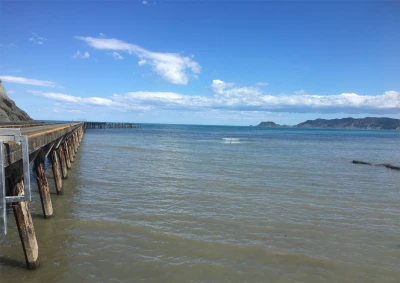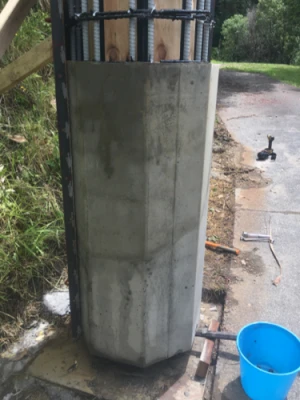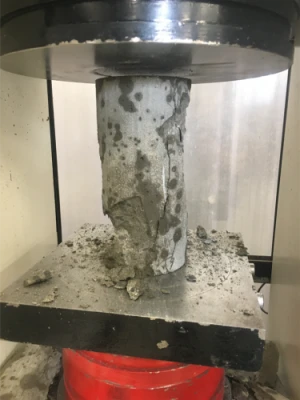WaiRISC Projects
Members of our research team are actively engaged in, or have contributed to, several externally funded and sponsored flagship research projects and programmes.
Urban Narrative: Co-creation of urban design briefs by citizens from data storytelling
Type: National Science Challenge - Better Homes, Towns and Cities
Funding and dates: $250,000, 2018-2019
Research collaborators: WSP OPUS
Industry and external partners: Christchurch City Council, Napier City Council
Researchers involved: Mark Dyer, Shaoqun Wu, Min-Hsein Weng, Rachel Dyer
Abstract: Urban Narrative works at the interface between public participation and participatory design to support collaboration processes for urban planning and design. It applies computational linguistics to interpret large format public consultation by identifying shared interests and desired qualities for urban infrastructure services and utilities. As a proof of concept, data was used from the Christchurch public engagement initiative called ‘Share an Idea,’ where public thoughts, ideas, and opinions were expressed about the future redevelopment of Christchurch after the 2011 earthquakes. The data set was analysed to identify shared interests and desired connections between institutional, communal, or personal infrastructures with the physical urban infrastructures in terms of buildings, public places, and utilities. The data has been visualised using chord charts from the D3 JavaScript open source library to illustrate the existence of connections between soft and hard urban infrastructures along with individual contributions or stories. Lastly, the analysis was used to create an infographic design brief that compares and contrasts qualitative information from public consultation with quantitative municipal statistical data on well-being.
Tokomaru Bay Wharf Restoration
 Restoration of the Tokomaru Bay Wharf has become a collaborative project between the Tokomaru Bay community and the University of Waikato’s School of Engineering.
Restoration of the Tokomaru Bay Wharf has become a collaborative project between the Tokomaru Bay community and the University of Waikato’s School of Engineering.
The Tokomaru wharf was the community’s economic centre during the 1940s when the local freezing works processed mutton that was shipped by sea.
The Tokomaru Bay Heritage Trust has been working towards a full restoration of the wharf and with the University’s involvement.
 The restoration project now forms part of a broader research opportunity for School of Engineering students, including:
The restoration project now forms part of a broader research opportunity for School of Engineering students, including:
- Reconstruction of the wharf piles and deck.
- Community engagement on how to bring the wharf’s history to life for visitors.
- Creating a renewable energy scheme from streams in the area.
- Investigating refurbishment of the old freezing works.
The project is also being used to test novel construction materials and methods.
Super strong concrete and novel fiberglass reinforcing tested at Tokomaru
University of Waikato Civil Engineering student, James Brott, has been working on four test piles for the Tokomaru Bay Wharf. Using a Summer Research Scholarship, he is testing a super strong concrete and novel fibreglass reinforcing to replace the wharf’s rotting piles.
The piles are octagonal in shape and the construction method involves removing the decaying concrete from the outside of them. They then remove the steel reinforcing from inside them and replace it with fibreglass reinforcing, before wrapping the new concrete around the pile.
James says, if successful, it could provide a case for mainstream fibreglass use in bridge repair.
James says the pilot project will help the Tokomaru Bay Heritage Trust and Gisborne District Council determine the potential for a full restoration of the wharf.

A novel concrete mix has been developed which is super strong and can withstand the marine environment. It is also self-compacting, so it does not require vibration to be compacted.
Fibreglass reinforcing is being used to replace the corroded steel reinforcing in the piles. The team have created a dummy octagonal pile, the same shape as the wharf’s piles, so they can test how the concrete and fibreglass reinforcing performs. Fibreglass is not currently used in mainstream construction in New Zealand but if successful it could provide a case for it to be used in bridge repair.


The concrete cylinders have been strength tested at the University of Waikato’s School of Engineering. New Zealand standards require concrete in a marine environment to be 40MPa after 28 days. The super strong novel concrete mix came in at 50MPa.